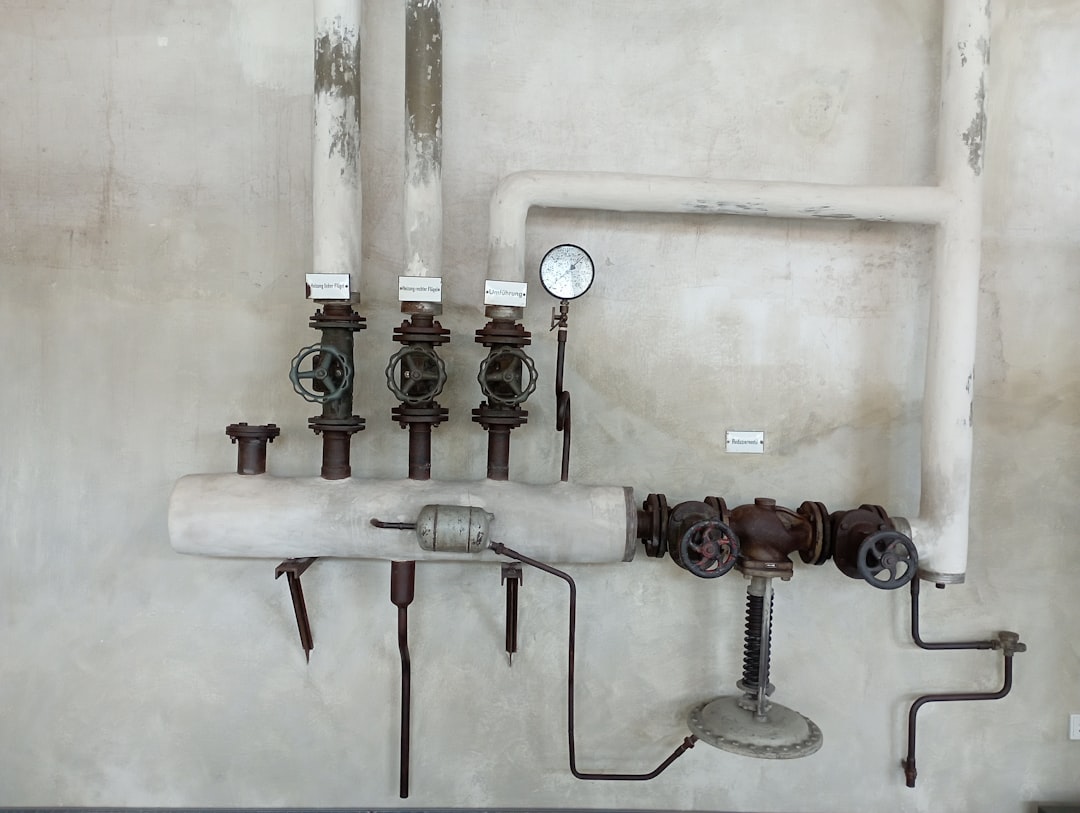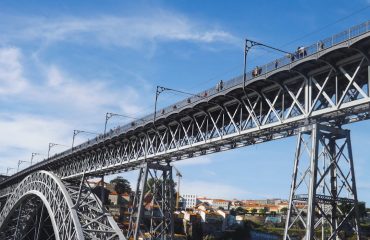body {
font-family: sans-serif;
line-height: 1.6;
}
h1, h2, h3 {
color: #333;
}
API 5L is a globally recognized standard for line pipes used in the oil and gas industry. Understanding its intricacies is crucial for anyone involved in the design, manufacturing, procurement, or inspection of pipelines. This comprehensive guide will delve into the key aspects of API 5L, providing a clear and concise explanation for both industry veterans and newcomers alike.
Understanding API 5L Specifications: Grades and Properties
API 5L specifies the minimum requirements for seamless and welded line pipe used for transporting liquids and gases. The standard covers various aspects, including material specifications, manufacturing processes, testing procedures, and dimensional tolerances. A key element is the designation of different grades, each representing a specific set of mechanical properties and chemical composition. These grades are categorized by their yield strength and tensile strength, indicating their ability to withstand pressure and stress. Common grades include: X42, X52, X60, X65, X70, and X80, with the number representing the minimum specified yield strength in ksi (thousands of pounds per square inch). Higher grade numbers indicate greater strength and higher cost.
The choice of grade depends on the specific application, considering factors like operating pressure, temperature, and environmental conditions. For example, a high-pressure, long-distance pipeline might require a higher-grade pipe like X70 or X80, while a lower-pressure application might suffice with X42 or X52.
Manufacturing Processes: Seamless vs. Welded Pipes
API 5L covers two primary manufacturing methods: seamless and welded. Seamless pipes are produced by piercing and rolling a solid billet of steel, resulting in a continuous, homogenous structure without welds. This method generally yields pipes with superior mechanical properties and higher resistance to corrosion. However, seamless pipes are often more expensive and have limitations in terms of size and diameter.
Welded pipes, on the other hand, are manufactured by joining two or more steel plates using various welding techniques, such as electric resistance welding (ERW) or submerged arc welding (SAW). Welded pipes offer greater flexibility in terms of size and diameter, and are generally more cost-effective than seamless pipes. However, the weld itself can be a potential point of weakness if not properly manufactured and inspected. API 5L rigorously outlines the requirements for welding processes and inspection techniques to ensure the integrity of welded pipes.
Testing and Inspection Procedures: Ensuring Quality and Safety
API 5L mandates stringent testing and inspection procedures throughout the manufacturing process. These procedures aim to ensure that the pipes meet the specified requirements and are fit for their intended purpose. Tests typically include:
- Chemical analysis: To verify the chemical composition of the steel.
- Tensile testing: To determine the yield strength, tensile strength, and elongation of the pipe.
- Hydrostatic testing: To verify the pipe’s ability to withstand internal pressure.
- Flattening test: To assess the pipe’s ductility and resistance to deformation.
- Bend test: To evaluate the pipe’s ability to withstand bending forces.
- Non-destructive testing (NDT): Techniques such as ultrasonic testing (UT), radiographic testing (RT), and magnetic particle testing (MT) are used to detect internal flaws and defects.
These rigorous tests are essential to guarantee the safety and reliability of the pipeline system.
Applications of API 5L Pipes: Across Diverse Industries
API 5L line pipes are predominantly used in the oil and gas industry for transporting crude oil, natural gas, and refined petroleum products. However, their applications extend beyond this sector. They are also employed in various other industries, including:
- Water transmission: Transporting potable water and wastewater.
- Chemical processing: Handling various chemicals and fluids.
- Power generation: Transporting steam and other fluids in power plants.
- Infrastructure projects: Used in various infrastructure projects like irrigation systems and industrial pipelines.
The versatility and robust nature of API 5L pipes make them a reliable choice across a wide range of applications.
Understanding API 5L PSL (Product Specification Level): Choosing the Right Pipe
API 5L introduces the concept of Product Specification Levels (PSLs) to further categorize pipes based on their intended use and required quality level. PSLs define the specific requirements for testing and inspection, with higher PSLs indicating more stringent requirements. For example, PSL 1 represents a basic level of quality, while PSL 2 requires more comprehensive testing. The choice of PSL depends on the criticality of the application and the potential consequences of pipe failure. A high-pressure, high-consequence pipeline would necessitate a higher PSL to ensure maximum safety and reliability.
Understanding PSLs is crucial for specifying the appropriate pipe for a given project, ensuring compliance with safety standards and avoiding potential risks.
This comprehensive guide provides a foundational understanding of API 5L line pipe standards. Remember to always consult the latest edition of the API 5L standard for the most accurate and up-to-date information. Proper understanding and implementation of API 5L is critical for the safety and efficiency of pipeline operations worldwide.
SEO-Friendly Tags:
- API 5L
- Line Pipe Standards
- Oil and Gas Pipelines
- Seamless and Welded Pipes
- Pipeline Inspection




